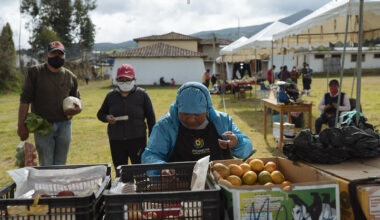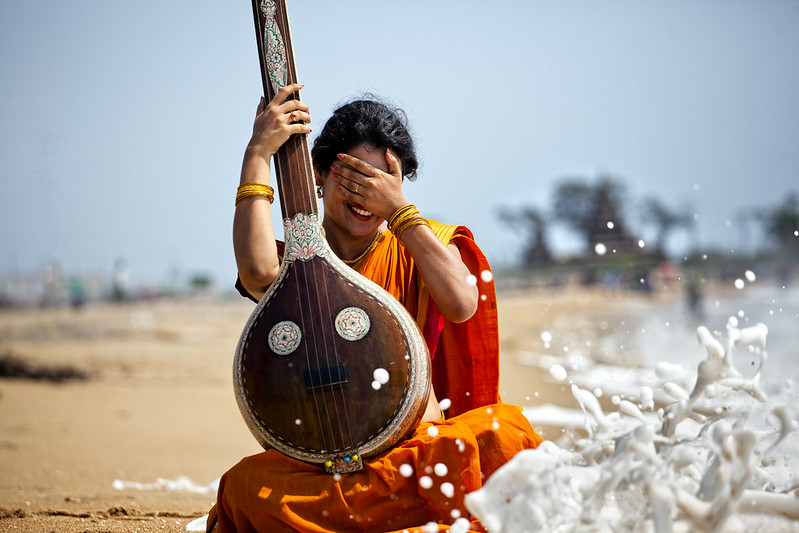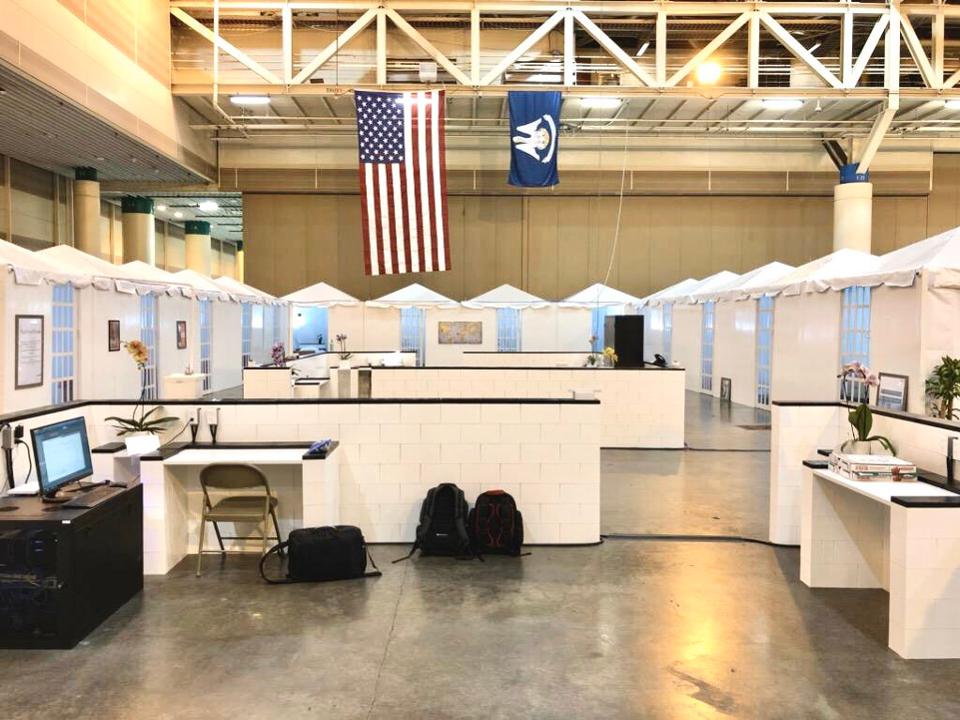In 1967, a young Leslie Gunaratne found himself in Staten Island, now New York City’s smallest borough by population. The Sri Lankan accountant, seeking better opportunities, became one of the first people from his country to settle in New York.
Six years later, he became a U.S. citizen and helped his family move to Staten Island. By 1979, he estimated that 80 percent of Sri Lankans living on the island were connected to him by “blood or marriage.”
The neighborhoods of Tompkinsville and Stapleton in Staten Island now form a Little Sri Lanka of sorts. The island’s Sri Lankan population has grown to include more than 4,000 people. More recent arrivals represent the island’s major demographic groups: Sinhalese, Tamils, and Muslims.
Taste of home
It was in 2009 that Vijayakumari Devadas, or Viji, as her customers call her, decided to open a restaurant. She is now running it together with her husband Devdas Ceruphatie, her brother, and her sister-in-law.
The restaurant, New Asha, serves traditional rice and curry sets, as well as string hoppers (rice noodles), kothu (diced roti stir fried with eggs, spices, vegetables, and meat), fish buns, and other specialties. Viji, who is of Tamil origin, has no culinary training, but regular clientele rave about the authenticity of her.
New Asha, with its rustic interior, is reminiscent of a small eatery in the South Asian nation. “It’s the closest thing to home for me,” says Dishani Silva, a Sri Lankan student who moved to Staten Island in 2019. The restaurant also serves north and south Indian cuisine, both of which are popular among Sri Lankans.
On special occasions, Silva goes to the more upmarket Lakruwana restaurant, which opened as a small establishment in Manhattan’s Theater District in 1995, seating just 20 people. The original restaurant closed after a fire in 2004. Since moving to its present Staten Island location in 2010, Lakruwana has grown, thanks in part to customers’ belief that the ingredients used in Sri Lankan cuisine can help “prevent many diseases.”
The restaurant’s owner, Lakruwana Wijesinghe, also wanted to give his customers an authentic sense of his native country. With this in mind, he shipped all the restaurant’s decorations and silverware from Sri Lanka to New York in a 40-foot container. Lakruwana’s most popular offering is its Sunday brunch buffet, which comprises more than 20 dishes from the island.
Wijesinghe has also been active in the cultural life of the Sri Lankan community, supporting his daughter Julia’s initiative to open New York’s only Sri Lankan Museum, and donating art objects for the Staten Island Buddhist Vihara Meditation Center and Healing Garden.
Other restaurants on Staten Island serve both South Asian fusion food and Sri Lankan food that is adapted to the average American palate. Anthony Bourdain was one of many celebrities who tried out different Sri Lankan restaurants on the island. But the pandemic has taken its toll. Some of them, such as Lak Bojun, which was popular for its Lamprais — a rice dish connecting Sri Lanka to its Dutch colonial past — have closed down.
Comfort food in the pandemic
For those members of the community not looking to eat out regularly, Sri Lankan grocery shops have been the answer. Lanka Grocery or Apey Kade is fully supplied with spices, canned coconut milk, sauces, Maldive fish (cured tuna), condiments, rice, and a host of ingredients required to cook an authentic Lankan meal.
Jay Jayathunga, who opened the shop in 2012, has been in the grocery business in Staten Island for more than 20 years. The well-stocked aisles also have products from India, Pakistan, and Bangladesh, a reflection of the shop’s main clientele.
Among other popular stores for the Sri Lankan community is Little Lanka, which happens to be Dilshani Silva’s main haunt. “I get my fill of Maliban (a popular Sir Lankan brand) biscuits and Elephant House cream soda from the grocery shops in the area,” she says. “Some shops even have Lion beer and Sri Lankan arrack.”
On sale as well in some shops is a curry plant, Murraya koenigii. Curry leaves are an integral part of Sri Lankan cuisine.
Silva also worked for an importer that supplied both the shops and restaurants in the area. “The pandemic briefly slowed down the imports of products last year, but the business is generally booming, since the Staten Island community gets so much comfort from eating Sri Lankan food.”








